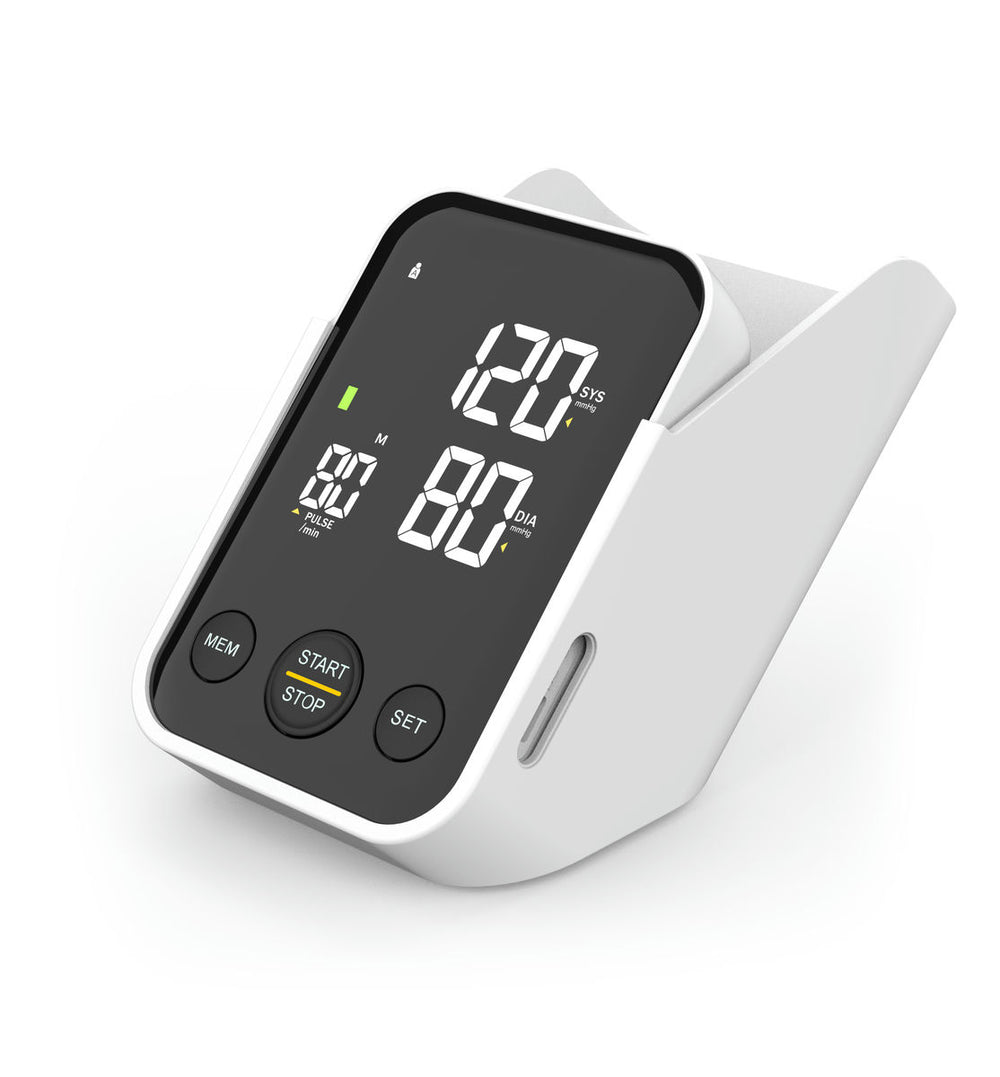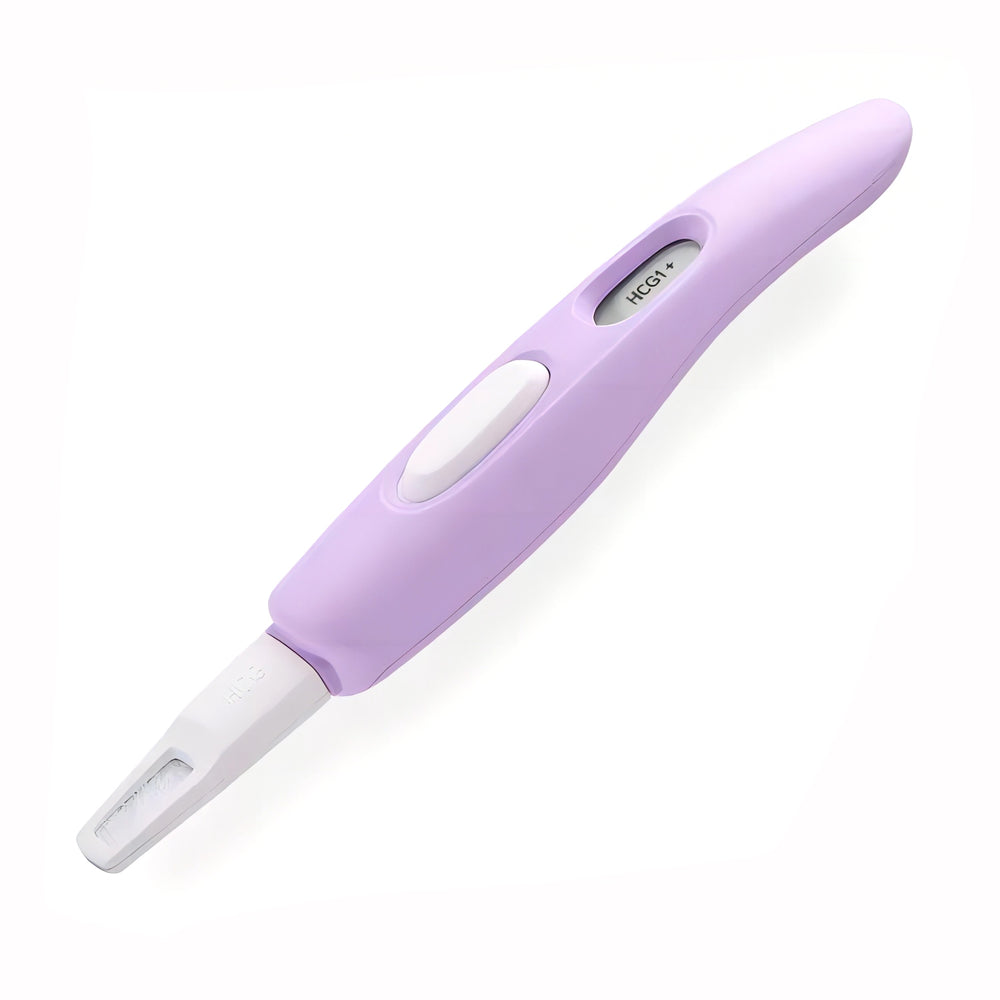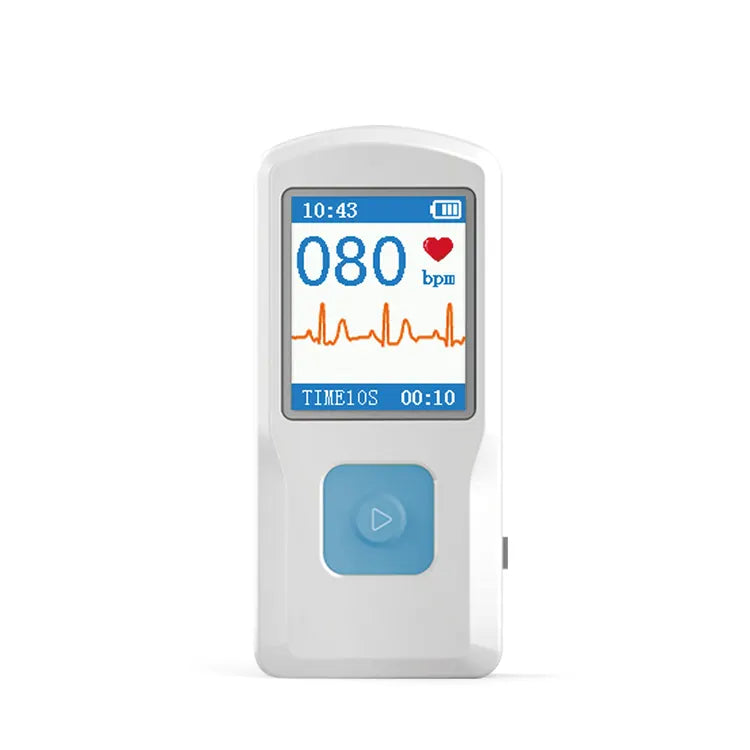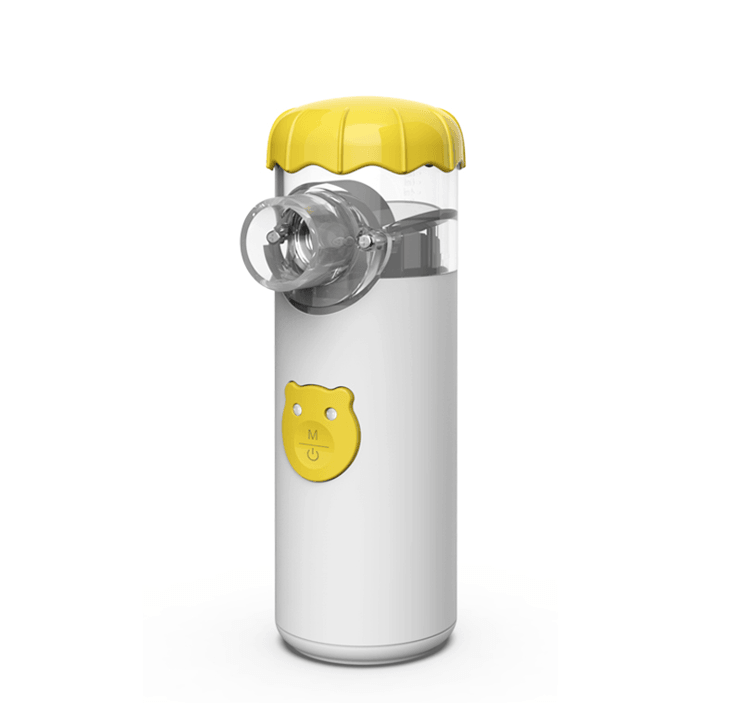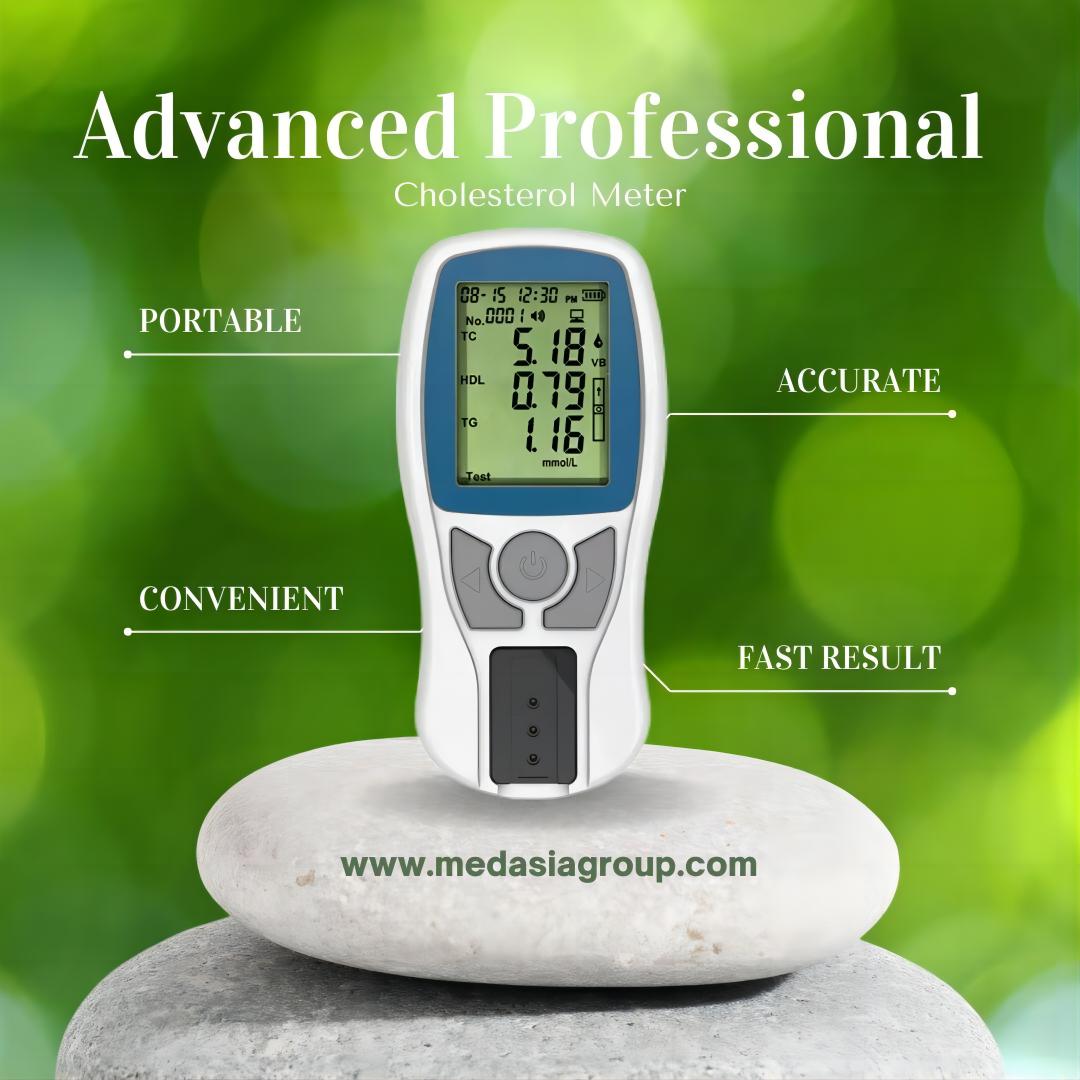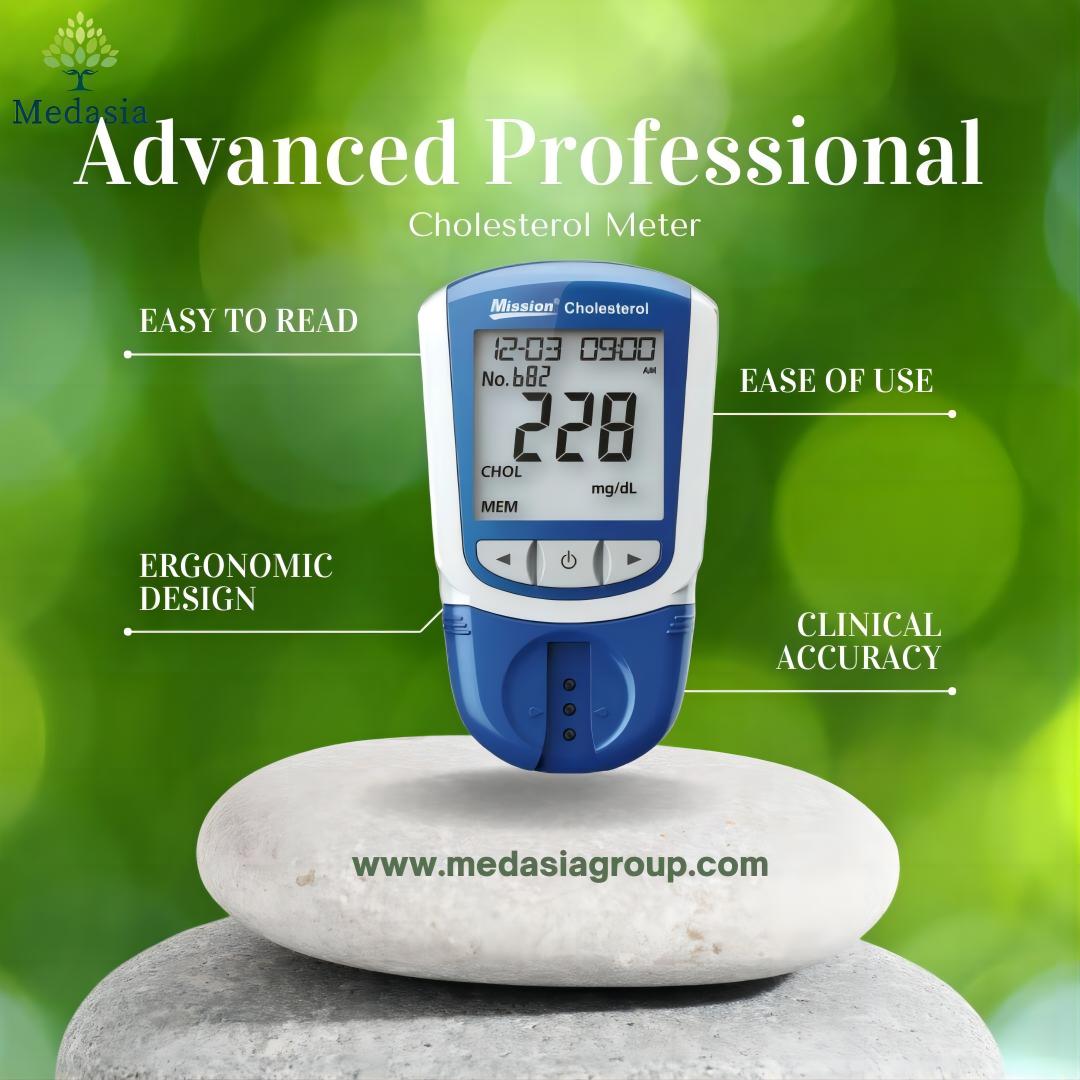Optimize Health: Advantages of Our Top Oximeter
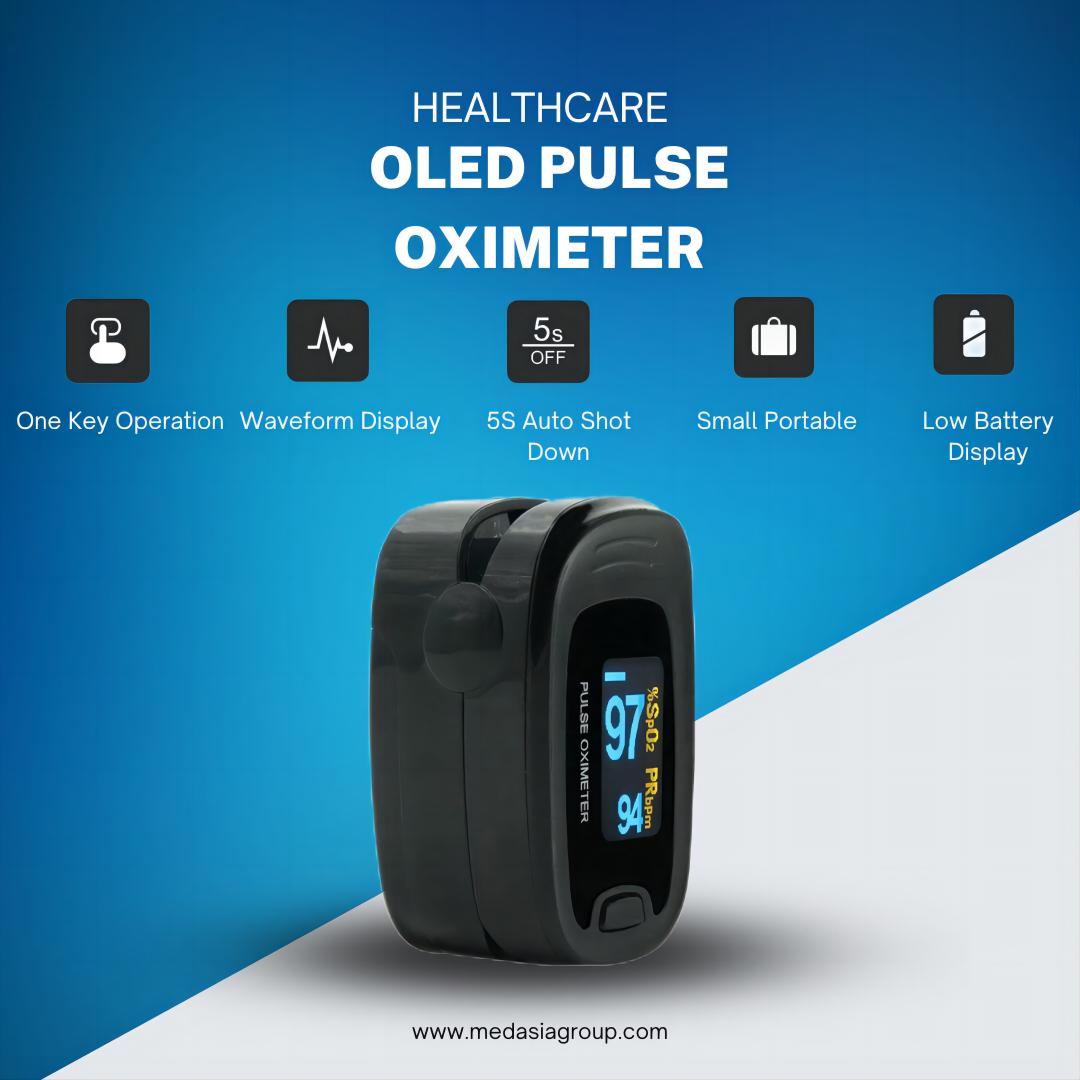

In today's fast-paced and uncertain world, maintaining good health has become more important than ever. A vital tool in assessing our health is the pulse oximeter. Whether you're a fitness enthusiast, a patient managing a chronic condition, or simply concerned about your well-being, understanding the importance of pulse oximeter measures is crucial.
Using innovative technology, a pulse oximeter measures the oxygen saturation levels in your blood and determines your heart rate. By simply clipping the device onto your finger, you can quickly and accurately monitor your vitals at any time and in any place.
Explore the Vital Role of Pulse Oximetry in Health Assessment. From normal oxygen saturation levels to identifying respiratory symptoms, empower yourself with essential knowledge. Discover the unique advantages of our advanced oximeter for a healthier you.
Choosing the right pulse oximeter
Now that you understand the importance of pulse oximeter measures, it's crucial to choose the right device for your needs. When selecting a pulse oximeter, consider factors such as accuracy, ease of use, and additional features.
Accuracy is paramount when it comes to monitoring your health. Look for pulse oximeters that have been clinically validated and provide reliable readings. Ease of use is also essential, especially if you plan to monitor your vitals regularly.
Choose a device that is comfortable to wear and easy to operate.
Some pulse oximeters come with additional features, such as Bluetooth connectivity or data storage capabilities. These features can be beneficial if you want to track your progress over time or share your data with healthcare professionals. Take your specific requirements into account when choosing a pulse oximeter that suits your needs.
Why choose our finger pulse oximeter?
1. Tested and approved by clinicians: Thoroughly evaluated and endorsed by healthcare professionals and clinicians through rigorous testing and assessment procedures.
Technical aspects


2. FDA.CE ,ISO ,FSC ,CFDA approve: Certified by regulatory authorities, our pulse oximeter holds approvals from the FDA, CE, ISO, FSC, and CFDA, attesting to its compliance with international standards and quality assurance.
3. Advanced Chip Technology: Incorporating cutting-edge chip technology, our product boasts advanced and innovative circuitry, enhancing performance, precision, and efficiency for an unparalleled user experience.
4. First class manufacturing process: Our product is crafted through a first-class manufacturing process, adhering to the highest industry standards to ensure exceptional quality, durability, and precision at every stage of production.
5. Customization Options and After-Sales Support: Explore a myriad of customization options tailored to your specific needs. Our commitment extends beyond purchase, offering dedicated after-sales support to ensure your satisfaction throughout your product's lifecycle.
Elevating Standards with CONTEC MEDICAL SYSTEMS CO.,LTD: As a renowned global manufacturer of blood oxygen meters, CONTEC MEDICAL SYSTEMS CO.,LTD signifies excellence. MedAsia Company steadfast collaboration with CONTEC MEDICAL SYSTEMS CO.,LTD is a testament to our commitment to maintaining high product quality and accuracy. Beyond that, we consistently prioritize delivering exceptional service to our valued customers. This dynamic collaboration empowers us to bring to market not just products, but solutions that make a meaningful impact, reflecting the strength and cohesion of our enduring relationship with CONTEC MEDICAL SYSTEMS CO.,LTD.
How pulse oximeters work
Pulse oximeters are portable devices that use innovative technology to measure the oxygen saturation levels in your blood and determine your heart rate. By simply clipping the device onto your finger, you can quickly and accurately monitor your vitals at any time and in any place.
Pulse oximeters work by shining a beam of light through your skin and measuring the amount of oxygen in your blood. The device detects the changes in light absorption caused by the pulsations of your blood flow, thereby determining your heart rate. This information is then displayed on the device's screen, providing you with real-time data about your health.

Understanding how pulse oximeters work is the first step towards harnessing their benefits in assessing your overall well-being.
Importance of pulse oximeter measures in assessing health
The importance of pulse oximeter measures in assessing health cannot be overstated. These devices provide valuable insights into your body's ability to oxygenate your tissues and organs. By monitoring your oxygen saturation levels, you can identify potential health issues early on and take proactive steps to address them.
One of the primary benefits of pulse oximeter measures is their ability to detect respiratory conditions. By monitoring oxygen saturation levels, you can identify signs of hypoxemia, which is a low level of oxygen in the blood. Hypoxemia can indicate various respiratory conditions, such as asthma, chronic obstructive pulmonary disease (COPD), and even COVID-19.

Additionally, pulse oximeter measures are essential for assessing cardiovascular health. Oxygen saturation levels can serve as an indicator of how well your heart is functioning. Low oxygen levels may suggest poor cardiac output, while high levels can indicate a higher risk of heart disease. Regularly monitoring your oxygen saturation levels with a pulse oximeter can provide valuable information for maintaining a healthy heart.
Understanding oxygen saturation levels

To fully grasp the significance of pulse oximeter measures, it's essential to understand oxygen saturation levels. Oxygen saturation is represented as a percentage and refers to the amount of oxygen present in your blood. In healthy individuals, normal oxygen saturation levels typically range between 95% and 100%.
When the oxygen saturation levels drop below 90%, it can be an alarming sign of potential health issues. This is especially true for individuals with pre-existing respiratory or cardiovascular conditions. Monitoring your oxygen saturation levels with a pulse oximeter allows you to track any fluctuations and seek medical attention if necessary.
Pulse oximeter measures for respiratory conditions

Pulse oximeter measures play a crucial role in managing respiratory conditions. By regularly monitoring your oxygen saturation levels, you can identify early signs of respiratory distress and take appropriate action. For individuals with asthma or COPD, a drop in oxygen saturation levels can indicate an impending exacerbation. By catching these changes early, you can adjust your treatment plan and prevent serious complications.
Moreover, pulse oximeter measures are particularly valuable during the ongoing COVID-19 pandemic. COVID-19 can cause a severe drop in oxygen saturation levels, even in individuals who are otherwise asymptomatic. By using a pulse oximeter at home, you can monitor your oxygen levels and seek medical attention if they fall below the recommended threshold.
Pulse oximeter measures for cardiovascular health

In addition to respiratory conditions, pulse oximeter measures can provide insights into your cardiovascular health. Oxygen saturation levels are closely tied to heart function. A healthy heart pumps oxygen-rich blood to the rest of the body, ensuring proper oxygenation.
By monitoring your oxygen saturation levels, you can identify any potential issues with your heart's ability to deliver oxygen effectively. Low oxygen saturation levels may indicate poor heart function, which could be a sign of heart disease or other cardiac conditions. Regularly tracking your levels with a pulse oximeter can help you and your healthcare provider assess your cardiovascular health and make necessary interventions if needed.
Pulse oximeter measures for athletes and physical fitness tracking
Pulse oximeter measures aren't just for individuals with medical conditions. Athletes and fitness enthusiasts can also benefit greatly from these devices. Monitoring your oxygen saturation levels during physical activity can provide valuable insights into your body's response to exercise.
During intense workouts, your body requires an increased supply of oxygen to meet the demands of your muscles. By using a pulse oximeter, you can track how well your body is able to deliver oxygen during exercise. This information can help you optimize your training regimen, identify areas for improvement, and prevent overexertion.
Furthermore, pulse oximeter measures can be particularly useful for high-altitude training or activities. At higher altitudes, the air contains less oxygen, which can impact your body's ability to oxygenate adequately. By monitoring your oxygen saturation levels, you can ensure that your body is adapting well to the altitude and avoid altitude sickness or other complications.
Tips for accurate pulse oximeter readings
To ensure accurate pulse oximeter readings, there are a few tips to keep in mind. Firstly, make sure your hands and fingers are clean and dry before using the device. Moisture or dirt on your skin can interfere with the accuracy of the readings.
Secondly, position your finger properly in the pulse oximeter. Place your finger inside the device's clip, ensuring a snug fit without any obstructions. If the device is not properly positioned, it may not provide accurate readings.
Lastly, keep in mind that certain factors can affect pulse oximeter readings.
Nail polish, artificial nails, or cold fingers can interfere with the accuracy of the readings. If you notice any discrepancies or irregularities, it's always a good idea to consult with a healthcare professional for further assessment.
The role of pulse oximeter measures in maintaining overall health
In conclusion, pulse oximeter measures are an invaluable tool for assessing and maintaining overall health. Whether you're managing a chronic condition, tracking your fitness progress, or simply striving for optimal well-being, incorporating a pulse oximeter into your regular health routine can provide valuable insights.
From monitoring oxygen saturation levels to detecting potential health issues early on, pulse oximeters empower individuals to take charge of their own well-being. By understanding the importance of pulse oximeter measures, you can make informed decisions about your health and seek appropriate medical attention when necessary.
Remember, your health matters, and pulse oximeter measures can help you stay on top of it. Stay proactive, stay informed, and prioritize your well-being with the help of this versatile device.
Explore More Blogs
The Promising of Cholesterol Testing
What Advantages Of A Portable Mesh Nebulizer?
Hemoglobin Meter: Let's help people to monitor anemia
How to choose a better digital thermometer
Digital Pregnancy Test : Assisting Couples in Conceiving
Portable Fetal Doppler: Bonding with Your Baby
Reference Article
What Are Blood Oxygen Levels? Medically Reviewed on 12/21/2022
Pulse Oximetry: Purpose, Uses, and How to Take a Reading Last medically reviewed on October 1, 2021
WE RECOMMEND
Related posts
- Subscribe MedInsights
- Subscribe MedInsights
- Subscribe MedInsights
- Subscribe MedInsights
- Subscribe MedInsights






